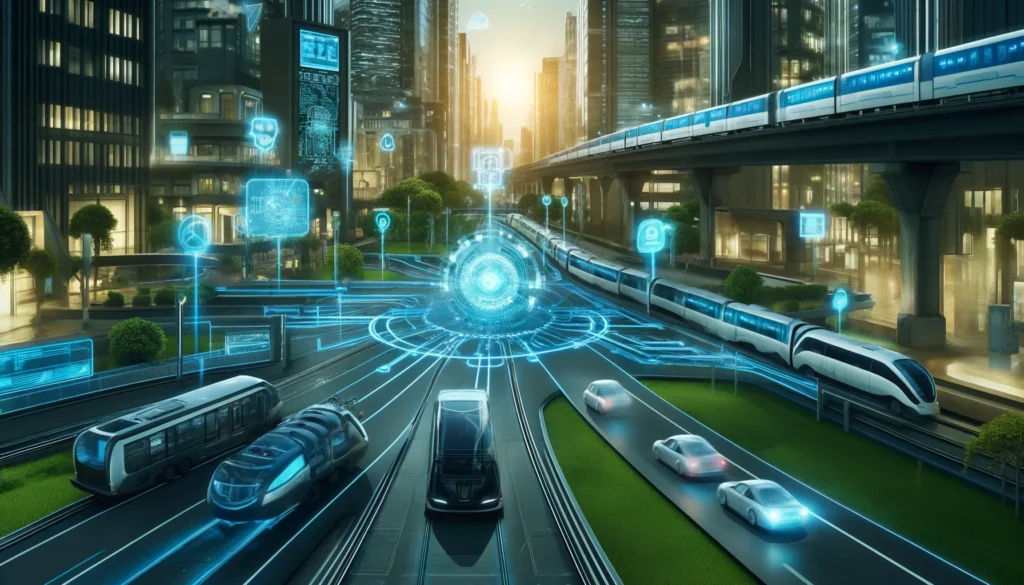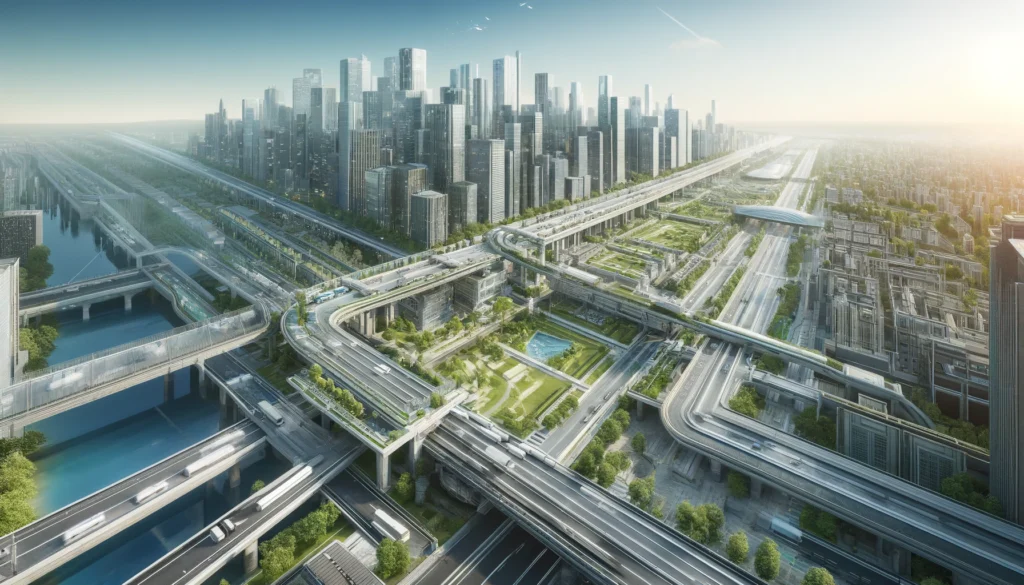Public transportation infrastructure is at the cusp of a transformative era. With rapid advancements in technology, increasing urbanization, and growing environmental concerns, the future of public transportation is being reshaped to meet the needs of modern society. This article delves into the innovations and trends that will define public transportation infrastructure in the coming decades, providing a comprehensive overview with visual aids to enhance understanding.
Introduction
Public transportation is essential for sustainable urban development. As cities grow, the demand for efficient, reliable, and eco-friendly transportation systems becomes more critical. The future of public transportation infrastructure promises significant changes that will improve the quality of life, reduce carbon footprints, and enhance connectivity.
Smart Public Transit Systems
One of the most significant trends is the integration of smart technology into public transportation systems. Smart transit systems utilize data analytics, artificial intelligence (AI), and the Internet of Things (IoT) to optimize routes, reduce waiting times, and improve passenger experiences.

Autonomous Vehicles
Autonomous vehicles (AVs) are poised to revolutionize public transportation. Self-driving buses and shuttles are already being tested in various cities worldwide. These vehicles offer the potential for 24/7 service, reduced operational costs, and improved safety.
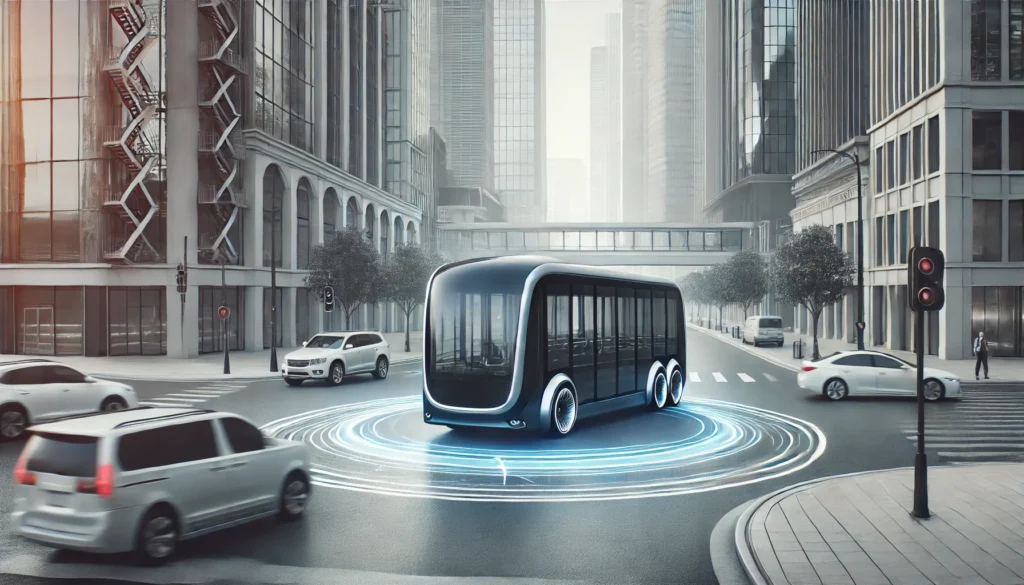
Electrification of Public Transport
The shift towards electric vehicles (EVs) is another critical development. Electric buses, trams, and trains are becoming more common as cities aim to reduce their carbon footprints. EVs offer quieter, cleaner, and more energy-efficient transportation options.

High-Speed Rail Networks
High-speed rail (HSR) networks are expanding globally, providing a fast, efficient, and environmentally friendly alternative to air travel for medium-distance journeys. Countries like Japan, China, and several European nations have successfully implemented HSR systems, setting examples for the rest of the world.

Urban Mobility Hubs
The concept of urban mobility hubs is gaining traction. These hubs integrate various modes of transportation, including buses, trams, bikes, and ride-sharing services, into a single, accessible location. Mobility hubs facilitate seamless transitions between different transportation modes, enhancing the overall efficiency of the public transit system.

Sustainable Infrastructure Design
Sustainability is a core focus in the future of public transportation infrastructure. Green building practices, renewable energy sources, and environmentally friendly materials are being integrated into the design and construction of transit facilities.
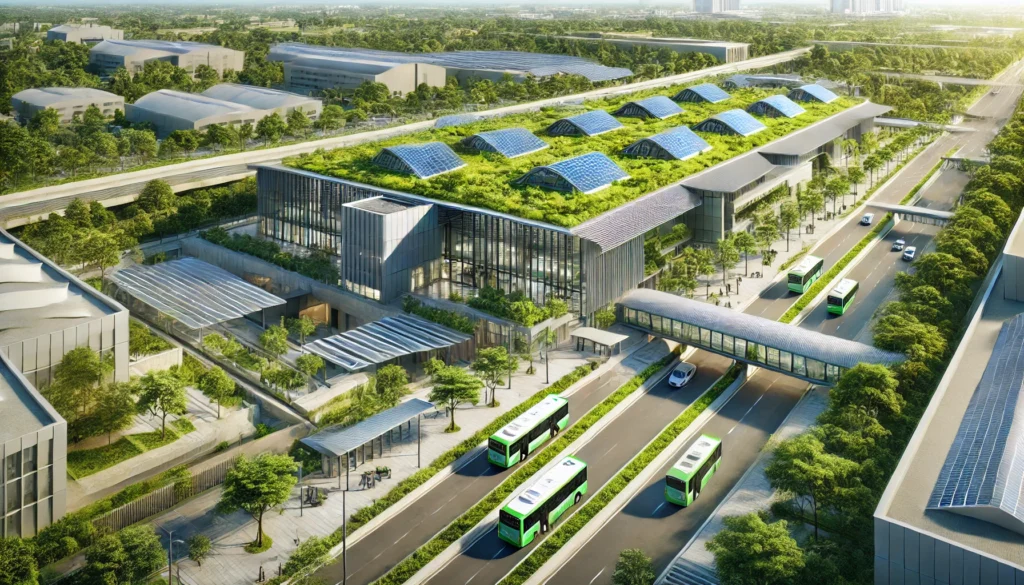
Inclusive and Accessible Transportation
Ensuring that public transportation is inclusive and accessible to all individuals, including those with disabilities, the elderly, and other vulnerable groups, is a fundamental goal. Universal design principles are being applied to create barrier-free transit systems.
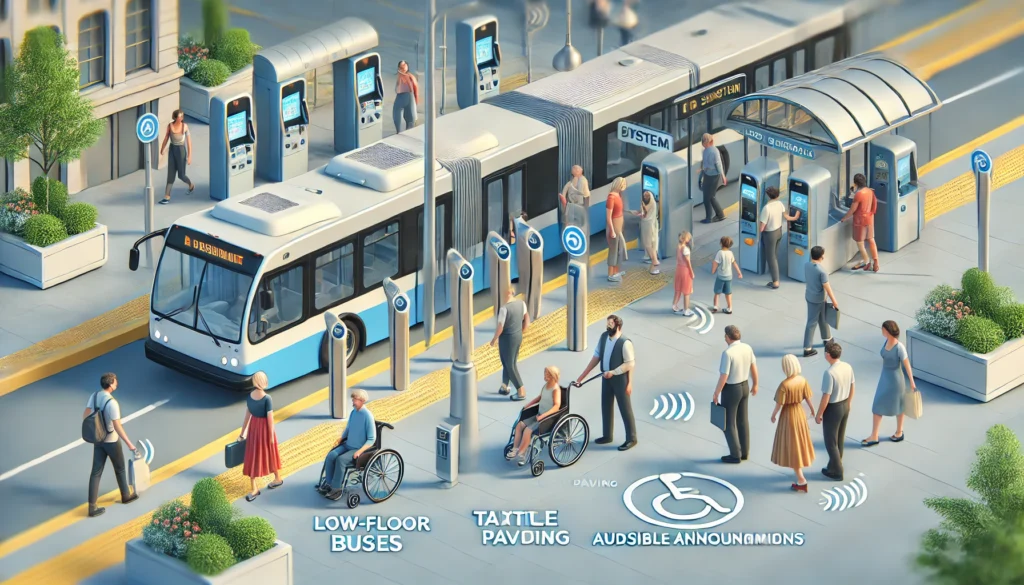
Conclusion
The future of public transportation infrastructure is exciting and full of potential. Advances in technology, coupled with a commitment to sustainability and inclusivity, will lead to more efficient, reliable, and environmentally friendly transportation systems. As cities continue to evolve, so too will the public transit networks that connect them, driving progress and enhancing quality of life for all.
